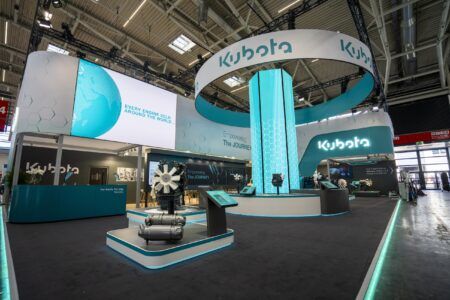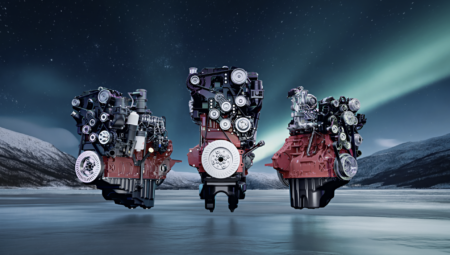Stage VI emissions regulations will bring the next level of emissions compliance for off-highway machinery, and experts in this field have already developed pioneering solutions to support this.
The regulations will evolve to address the increasing demand for clean air. The Stage VI regulation, like the current Stage V legislation, is expected to focus on reducing emissions harmful to health such as hydrocarbons (HC), carbon monoxide (CO), particulate matter (PM) and oxides of nitrogen (NOx). However, anticipated alignment with the recent Euro 7 directive means Stage VI is unlikely to directly address carbon dioxide (CO2) emissions.
“It is imperative that owners and operators understand the changes in legislation, and how it translates into the actions required by them to achieve the forthcoming new levels of compliance,” said Anthony Greatwood, global product manager, Eminox. “To support this sector, pioneering technologies have been developed by the Eminox team to provide upgrades for existing construction equipment, as well as providing OEM solutions which will future proof the industry.”
In recent years significant effort and refinement has gone into the development of Euro 7 regulations resulting in well-defined emissions targets and an introduction date of July 2025 for light duty, and July 2027 for heavy duty applications. Now the content of the Euro 7 regulation is established, the definition of Stage VI regulations is expected to be, in comparison, a shorter and less controversial process which is good news for the construction industry.
The Euro 7 regulation is likely to significantly influence Stage VI, which will drive a similar level of technology development to meet the latest standards. The introduction date for Stage VI is expected to follow Euro 7 by approximately two years, leading to a probable introduction timeline of 2029-2030.
“To help operators achieve the additional emissions reduction at Stage VI, two key exhaust aftertreatment system additions have been developed, to be utilised either separately, or together, depending upon the final definitive compliance levels,” said Greatwood. “By drawing on our established and proven emissions reduction technologies we can provide OEM and upgrade solutions to off-highway vehicles and equipment, as well as looking to the future, and the impact alternative and net zero fuels will have.”
The first technology is close-coupled selective catalytic reduction (ccSCR) which requires an additional injector to provide reductant into the system as close to the turbo as possible. This reduces the amount of NOx which passes through the system under cold start conditions when the temperature is too low at the main selective catalytic reduction (SCR) catalyst.
The second technology is an electrical heater, which will generate additional heat under cold start conditions to get the system up to catalyst operating temperatures as quickly as possible.
Greatwood concluded; “These technologies will support the construction sector to achieve the new legislation, lengthening the life span of existing plant, vehicles, and machinery as we continue the transition to net zero.
“Whilst net zero fuels may solve some of the global challenges being faced, there will remain the need for emissions reduction technologies and it’s important to recognise the types of exhaust aftertreatment systems will vary depending on the chosen fuel type. This is where Eminox supports the industry to not only understand the compliance required, but also how to achieve it.”





